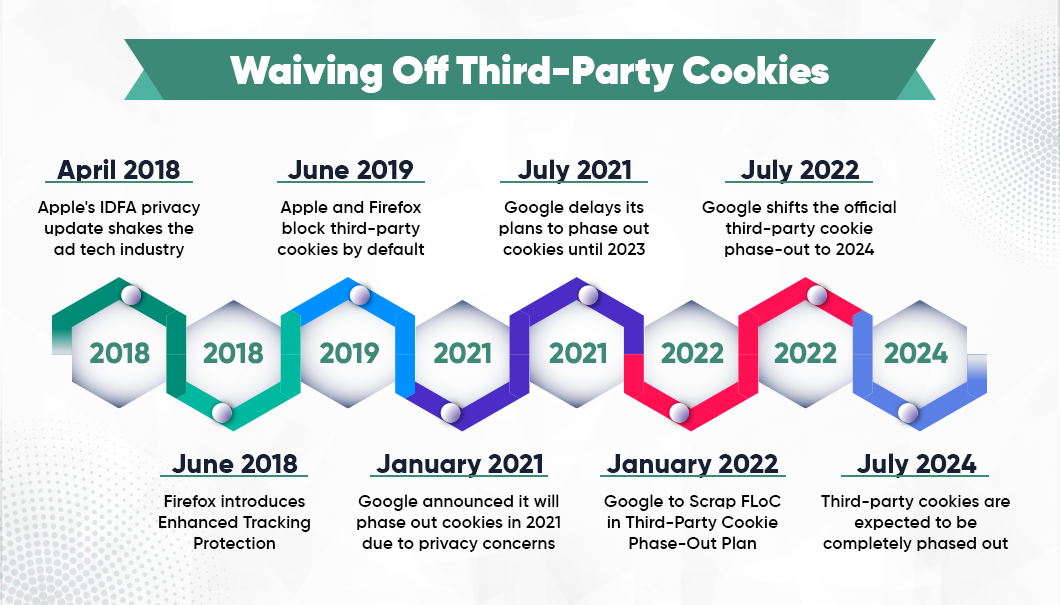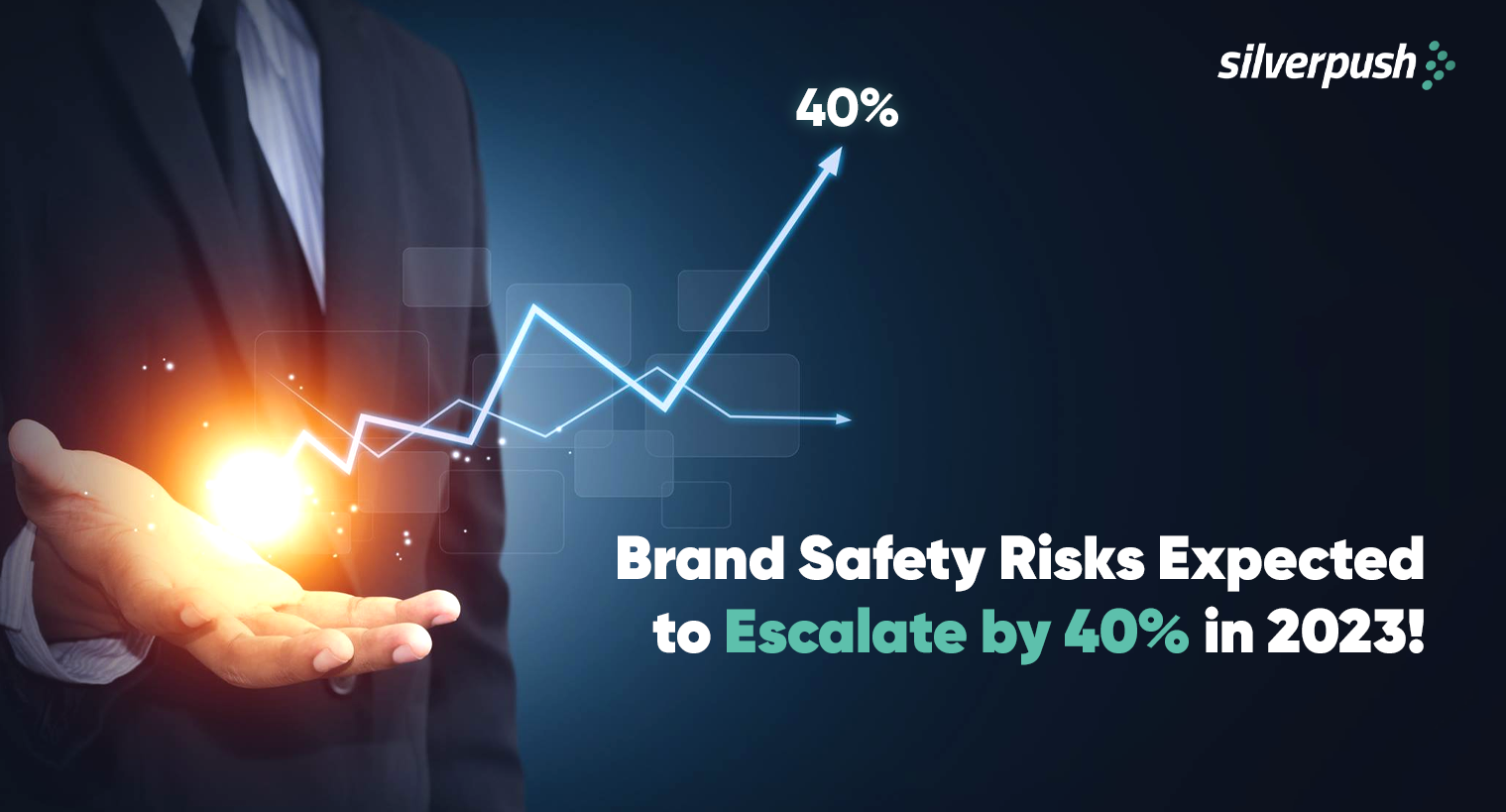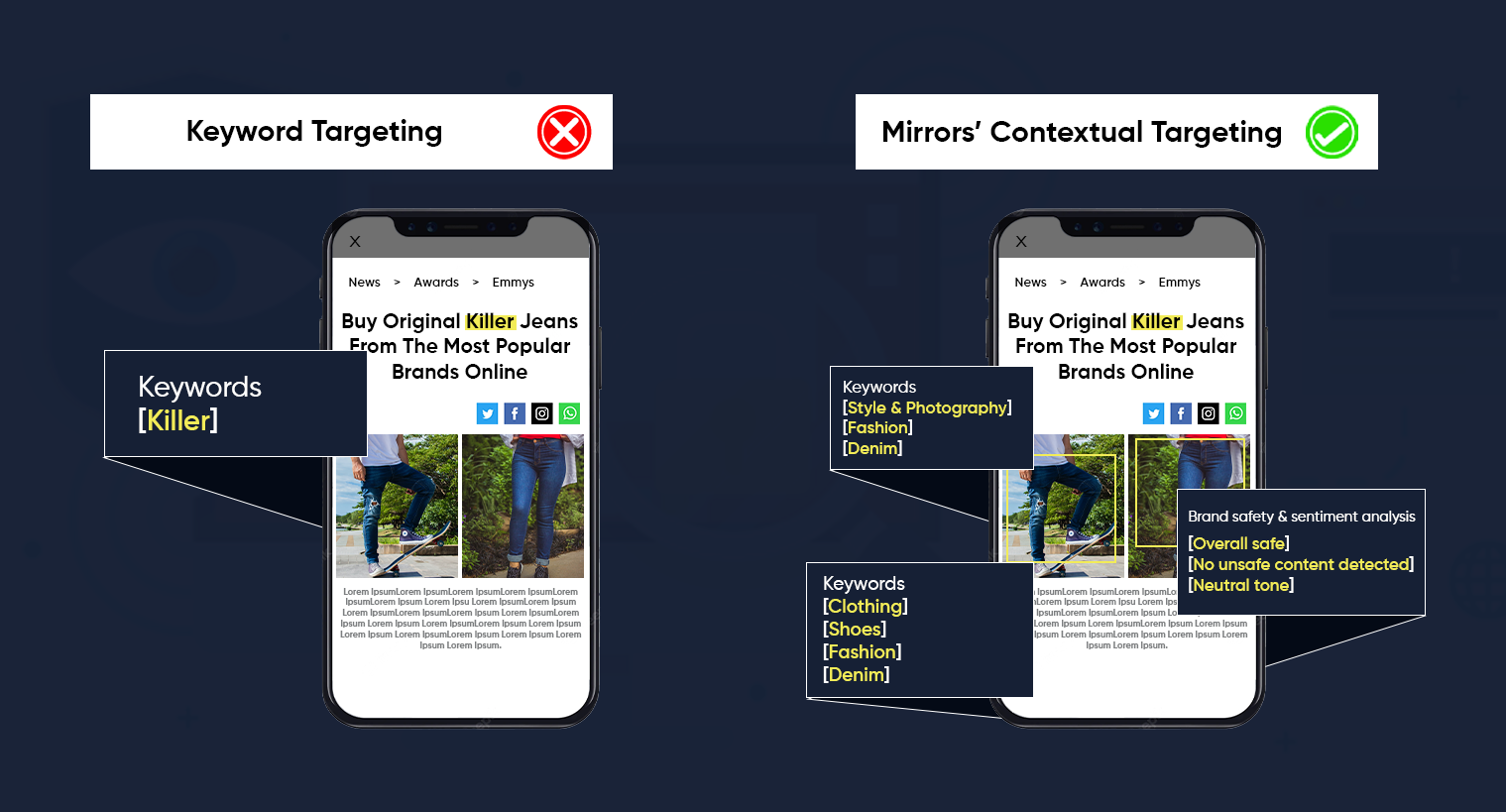The Demise of Third-Party Cookies: Can AI Advertising Fill the Void?
PUBLISH DATE: 15 March 2023
As third-party cookies crumble, AI advertising is gearing up for its time in the spotlight – get ready for the rise of the machines in the ad tech industry!
The importance of third-party cookies can be well understood by digital marketers who rely on these small pieces of information to serve personalized ads to their audiences.
The usage of user data without their consent or knowledge has sparked significant debates surrounding consumer privacy, with users, legislators, and companies all expressing concerns about the potential impact on individual confidentiality.
Although cookies have been valuable for advertisers and marketers, their usage is now being closely examined as users demand more control over their online data, and companies face increasing pressure to prioritize consumer privacy. Major web browsers like Mozilla Firefox and Safari have already banned third-party cookies, and Google Chrome will soon follow suit.
To navigate the post-cookie world, advertisers will need to explore alternative options like Artificial Intelligence (AI), which is likely to replace cookies. AI-powered contextual advertising has emerged as a powerful tool for innovation, with companies using it for management, robotics, and marketing.
What Challenges are Faced by Marketers Due to Third-Party Cookies?
Ad tech companies often use a technique called fingerprinting to track users and deliver personalized ads. Fingerprinting relies on third-party cookies to generate user-specific browser ID tags.
When a user accesses a website with a cookie-based ad, a tracking pixel embedded in the ad collects the user’s browser tag and sends it to the advertiser’s server. Ad tech companies then use this information to develop user profiles and track browsing history, purchases, and other personal information.
However, users often have little knowledge of what personal information is collected and have limited control over preventing unwanted data collection unless they manually disable cookies on their browsers.
Eliminating the Use of 3rd Party Cookies

As privacy concerns grow, more companies are opting out of using third-party cookies. Major web browsers like Safari and Firefox have already blocked cross-tracking third-party cookies, and Google plans to phase them out on Chrome by 2024 to address user demands for greater privacy, transparency, choice, and control over their data.
Advertisers, who rely heavily on third-party cookies for data collection, will be significantly impacted by this change and must find new ways to access similar sets of data.
The most comprehensive data regulation to date is the General Data Protection Regulation (GDPR), which came into effect in 2018 within the European Union. It has set a high bar for data protection standards globally, as it emphasizes the importance of user consent and data transparency, putting greater control over personal data in the hands of users.
The Future of AI Advertising: Moving Beyond Third-Party Cookies
With the phasing out of third-party tracking cookies, advertising agencies are turning to contextual advertising as a strategy for targeting users based on their online experience categories, rather than behavioral advertising. Contextual targeting is being seen as a brand-safe, future-proof, and successful cookieless targeting option.
According to market data, the global contextual advertising market is predicted to reach $376.2 Billion by 2027, indicating the increasing popularity of this strategy.
Companies worldwide are redirecting their marketing resources toward developing a strong contextual strategy to adapt to the changing landscape of digital advertising.
Statistics that highlight the importance of contextual advertising:
1. Context is so powerful that 49% of brand marketers are looking to contextual advertising to replace cookies.
2. 79% of consumers are more comfortable seeing Contextual than behavioral ads.
3. Between 2020 and 2027, contextual advertising spending is expected to grow 13.3 percent annually.
4. 49% of US marketers surveyed are using contextual marketing today.
5. In the UK, 32% of marketers use contextual marketing, while 36% use demographic targeting.
Silverpush Leads the Way in AI-Powered Contextual Advertising for a Cookieless Future
As the digital advertising industry transitions to a cookieless future, contextual targeting is emerging as a powerful solution for advertisers looking to engage with their target audience.
Silverpush, one of the leading ad tech companies in the world recognized the limitations of third-party cookies years ago and developed their AI-Powered solution, Mirrors, which has been providing contextual advertising solutions on platforms like YouTube, OpenWeb, Meta, and CTV since 2012.
Mirrors use privacy-safe and contextual targeting solutions to deliver personalized ads to the target audience without relying on their data.
What Makes Mirrors Unique?

Mirrors’ AI-powered technology identifies key contexts and other factors for more precise targeting. Its unique custom identifying capabilities ensure that reach is not duplicated, and a unified approach is used for content-aligned ad placement, brand safety, and custom brand suitability.
The ads are placed in a brand-safe environment and are relevant to the brand, ensuring a positive and effective advertising experience for both the advertiser and the audience.
If you’re interested in learning more about how Silverpush can help you prepare for the cookieless future and advertise successfully, fill out the available form on the right and our team will reach out to you.
Study Reveals 40% of Marketers Anticipate Rise in Brand Safety Concerns
PUBLISH DATE: 20 February 2023
Mediaocean, a major multi-channel advertising platform, has recently published its 2022 Market Report and 2023 Forecast report, which highlights the ongoing worries about the safety and appropriateness of media environments.
According to the report, more than half of those surveyed anticipate their brand safety concerns to remain the same in the coming year, while almost 40% expect these worries to rise in 2023. Only a small percentage of respondents expect these concerns to diminish.
Brands have become increasingly worried about brand safety, with 75% of them experiencing a brand safety incident within the last year.
As the concerns about brand safety continue to rise, it raises the question of how brands can address these concerns and ensure brand safety and suitability on platforms such as YouTube, social media, and the Open Web. Let’s find out!
What are the Key Considerations to Ensure Brand Safety?
It is a fundamental aspect of human behavior to make judgments about people based on their company, and the same applies to brands and products. Whether intentionally or subconsciously, consumers evaluate brands based on the content that they associate with. Therefore, brands must safeguard their online image by utilizing sophisticated hyper-contextual targeting solutions.

Here are four essential factors that brands should consider to safeguard their image:
1. Develop a Clear Definition of “Brand Safety”
To implement brand-safe advertising, it is crucial to establish a set of guidelines and parameters that everyone within the organization can agree on. It is important to craft a clear definition of what constitutes brand-safe content and what is considered risky or unsafe. Examining industry-standard definitions of brand safety can serve as a good starting point.
2. Create a Comprehensive Blocklist of Sites
A blocklist is a list of websites or content that you do not want your ads to be displayed alongside. It is also referred to as a negative targeting, exclusion list, or blacklist. Maintaining an updated document of blocklisted sites is essential to exclude any undesirable topic, content, or website that may be detrimental to your brand’s image. By doing so, you can ensure that your ads are only displayed on sites that align with your brand’s values and messaging.
3. Choose a Programmatic Partner that Prioritizes Brand Safety
Selecting the right programmatic partner is crucial to ensuring that your brand remains safe online. At Silverpush, our AI-powered contextual solutions are specifically designed to address brands’ concerns about online advertising without sacrificing reach.

How does our brand safety strategy work?
Mirrors’ deeply trained proprietary AI models identifies custom-defined unsafe contexts in content to contextually filter content. These placements are classified into many levels of content, including smoking, adult, violence, wrecks, arms, terrorism, and others.
4. Monitor your Campaigns Closely
Digital advertising allows you to track your results in real time, enabling you to identify and address any brand safety concerns promptly. Keep a close eye on your campaigns to identify any potential bot traffic or fraudulent activity. If you spot any issues, make necessary adjustments to your campaign settings to safeguard your brand’s reputation. Monitoring your campaigns is crucial to ensuring that your ads are appearing in safe and suitable environments, which is essential to maintaining a positive brand image.
Why is Brand Safety Important in Advertising?
Brand safety in advertising is critical to maintaining a positive brand image and protecting brand equity. In a recent survey, 90% of consumers stated that they believe brands are responsible for ensuring that their ads appear alongside safe content.
Consumers view the content their favorite brands appear alongside as an implied endorsement of that content. Negative associations can damage a brand’s reputation and have long-term effects on its equity. Therefore, brands need to prioritize brand safety in advertising to ensure that their ads are only displayed in suitable environments that align with their values and messaging.
Here are a few pointers on why brand safety is important in advertising:
1. Establishing a Positive Brand Reputation
Maintaining a good brand reputation is essential for the success and long-term viability of a business. Consumers are more likely to interact with a brand when its ads appear next to legitimate and appropriate content. A study found that 61% of users believe that both the brand and the hosting platform share equal responsibility for keeping content safe. Failure to prioritize brand safety can result in consumers losing trust in the brand and stopping its use.
2. Making a Strong First Impression
For new or smaller brands, a single incident of their ads appearing next to fake news or offensive content can significantly damage their reputation and credibility. Even established brands may suffer losses in ad revenue and potential negative associations when their ads appear next to inappropriate content. Therefore, brands must prioritize brand safety in their advertising efforts and take proactive measures to ensure that their ads only appear next to suitable and reputable content.
Safeguard your Brand Image with Silverpush’s Hyper Contextual Solutions
In today’s digital landscape, brand safety is crucial for maintaining a positive brand image and avoiding potential reputational damage. Silverpush, one of the leading tech companies understands the importance of safeguarding your brand and has developed advanced contextual advertising solutions to help ensure brand safety and drive maximum ROI.
Our AI-powered Mirrors identifies key contexts and filter custom-defined unsafe contexts in streaming video, allowing us to classify videos into different levels of content safety. We also use text and sentiment analysis, engagement metrics, and organic influence to ensure brand suitability.
Partnering with a programmatic partner like Silverpush that prioritizes brand safety can help you maintain your brand’s reputation and build trust with your audience. Contact us today to learn more about how we can help you protect your brand image and achieve your business goals.







